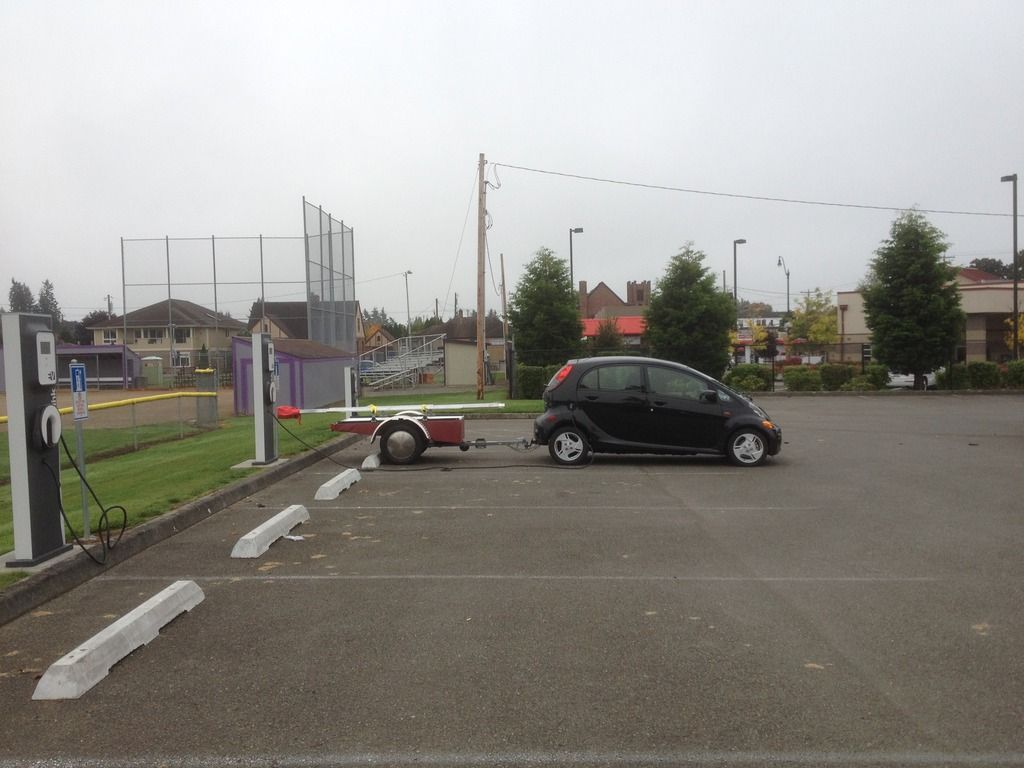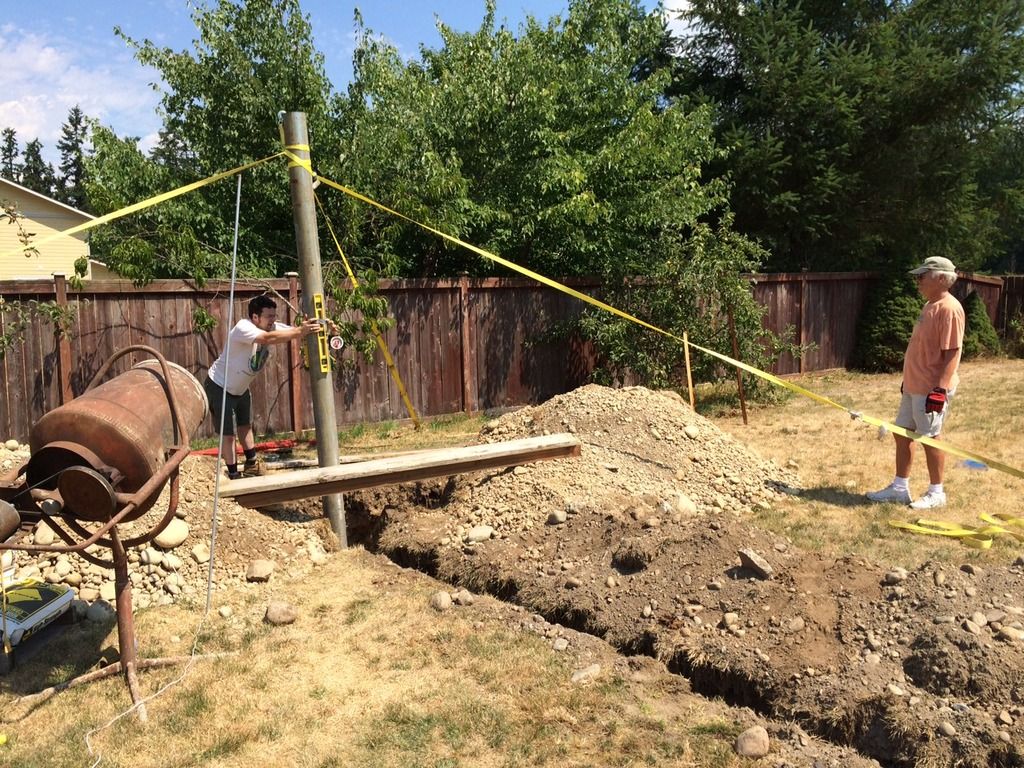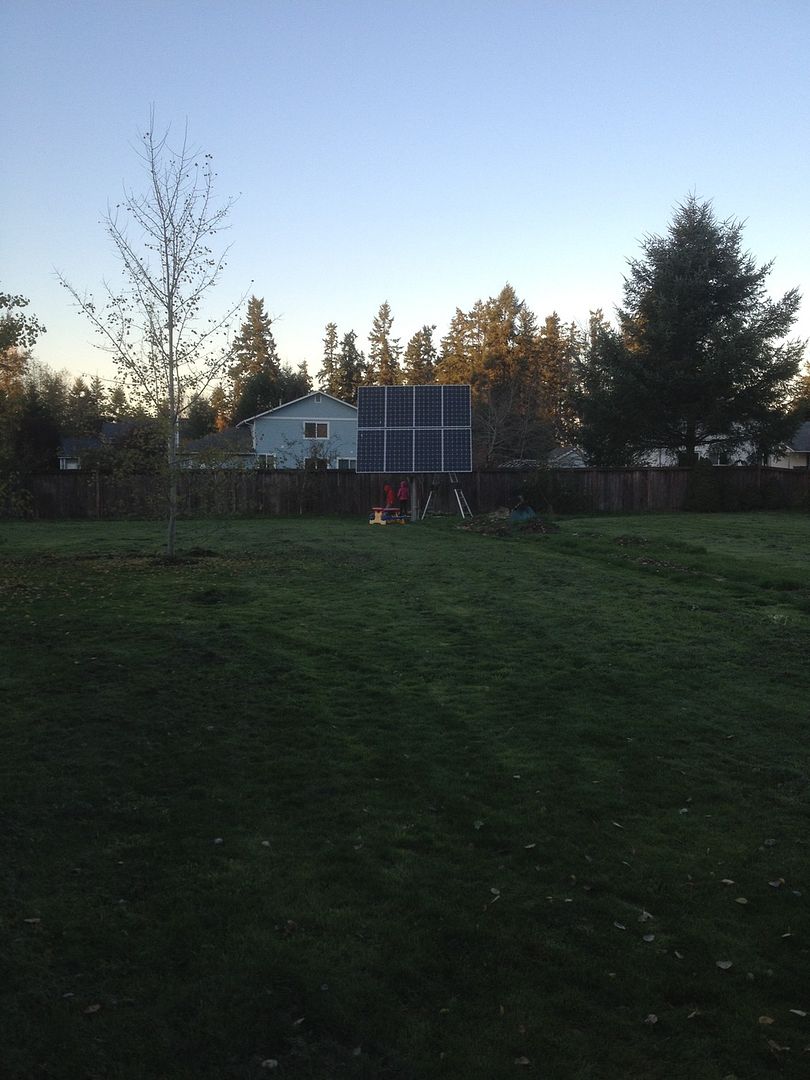pbui19 said:
hi Aerowhatt - since we have been getting intermittent power outage due toEl Nino slamming CA, I am interested again to rig up a home back up system. In your quote above, about mixing 12v battery and using the iMiev aux 12v, are you also just paralleling the iMiev 12v to your pack of 12v batteries ? (fused I assume). If so, how do you limit the current ? just by default to whatever the iMiev DC/DC can put out ?
Thanks,
Sure I hope this helps. I’m not sure of your situation or if solar is part of the mix so I will try to cover either scenario.
Generally an off grid backup system uses.
Solar panels - produce power to charge the batteries
Charge controller - controls power to protect the batteries
Batteries - store power for use when needed
Inverter - converts DC to AC power suitable for standard grid run loads.
The charge controller is a critical component. El Cheapo models can cause a lot of upstream DC ripple. And also can do a poor job of taking care of your storage batteries.
More to the specifics of your question the best place to connect the jumpers from the iMiEV battery are to the charge controller inputs (Replacing the solar panels). That way if the storage batteries are very low and can draw a lot of amps the "solar" charge controller will limit them.
The cable on my iMiEV from the DC to DC is fused at 60amps at the battery terminal (it comes that way). The DC to DC is rated at 80 amps. You want a charge controller that will limit to no more than 50 amps to keep from adding Other problems to your grid power outage.
Now the DC to DC only works when the car is in ready mode or the grid is charging the car. If you leave the car in ready mode the whole time you will waste some significant power over time. The way to use it is to put it in ready mode long enough to bring your storage batteries up to 14.0 - 14.2 volts or so while charging. Then turn the car off and let the storage batteries carry the loads until they need another boost charge.
If you don’t already know a lot about using inverters to power household loads then study up on it. Safest easiest way to do it is to keep your back up system completely separate from your grid tied house distribution or service panel.
Aerowhatt



